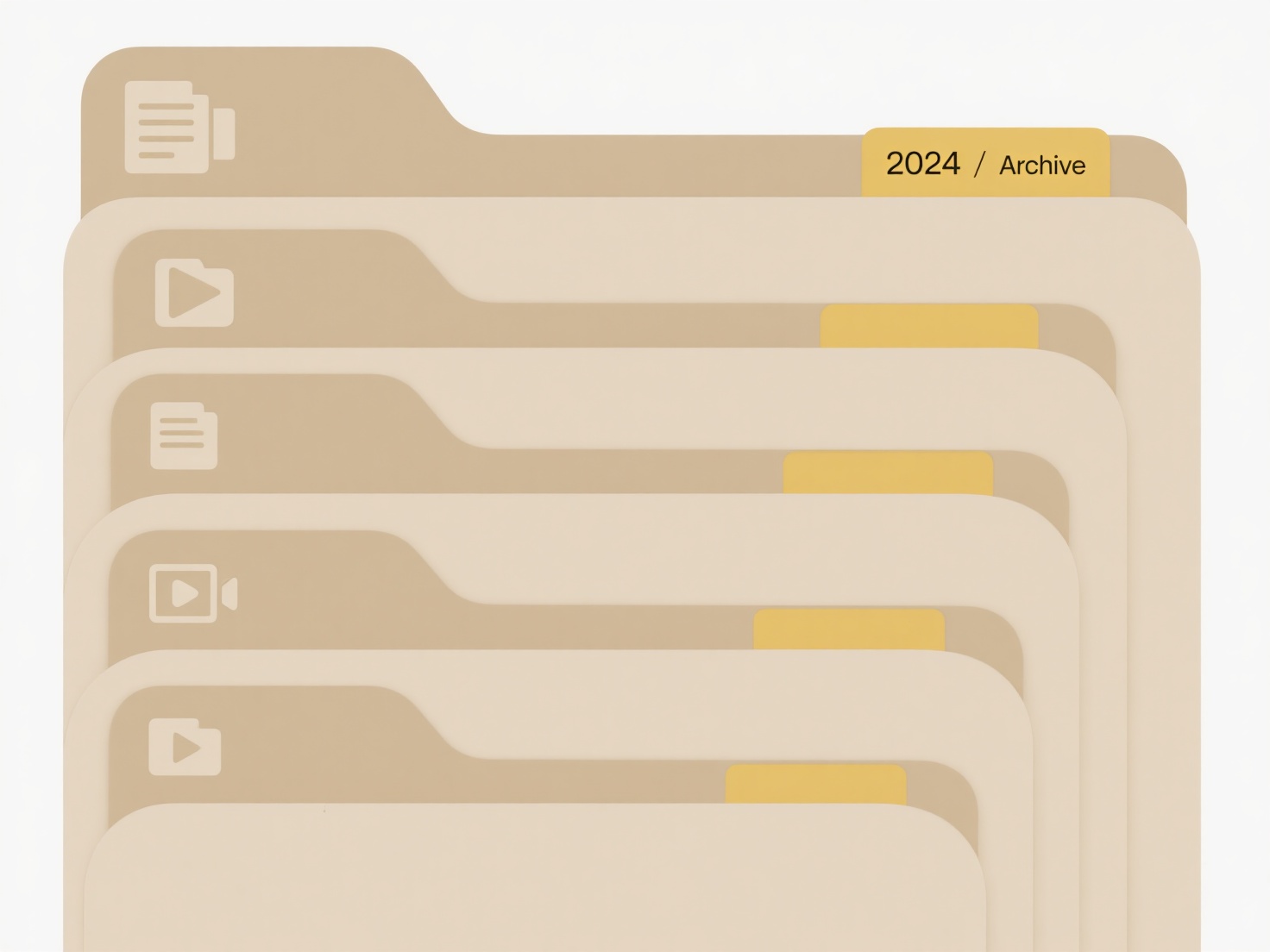
Handling non-English characters in batch renaming requires awareness of character encoding. Batch renaming modifies multiple filenames using patterns or scripts. Non-English characters (like é, ñ, or characters from Cyrillic, Chinese, etc.) exist outside the basic ASCII set. If the renaming tool or script doesn't recognize the correct encoding (like UTF-8), these characters might become corrupted (e.g., replaced with question marks '?' or gibberish) during the rename operation.
To ensure correct handling, use tools or scripts explicitly supporting Unicode (UTF-8). For instance, when batch renaming vacation photos with French names using utilities like Bulk Rename Utility (Windows) or rename scripts on Unix/macOS, ensure the tool's settings specify UTF-8 encoding. Similarly, when writing Python scripts for automation (e.g., using os.rename), declare the script encoding with # -*- coding: utf-8 -*- and use Unicode strings (u"filename" or Python 3's default Unicode).

Using UTF-8 encoding reliably preserves non-English characters, ensuring filenames remain readable globally. However, limitations exist: very old systems or specific command shells might still have poor UTF-8 support, potentially causing display or compatibility issues. Ethically, supporting Unicode ensures information accessibility and respects linguistic diversity. Always work on copies of files initially to prevent accidental data loss due to encoding mismatches.
How do I handle non-English characters in batch rename?
Handling non-English characters in batch renaming requires awareness of character encoding. Batch renaming modifies multiple filenames using patterns or scripts. Non-English characters (like é, ñ, or characters from Cyrillic, Chinese, etc.) exist outside the basic ASCII set. If the renaming tool or script doesn't recognize the correct encoding (like UTF-8), these characters might become corrupted (e.g., replaced with question marks '?' or gibberish) during the rename operation.
To ensure correct handling, use tools or scripts explicitly supporting Unicode (UTF-8). For instance, when batch renaming vacation photos with French names using utilities like Bulk Rename Utility (Windows) or rename scripts on Unix/macOS, ensure the tool's settings specify UTF-8 encoding. Similarly, when writing Python scripts for automation (e.g., using os.rename), declare the script encoding with # -*- coding: utf-8 -*- and use Unicode strings (u"filename" or Python 3's default Unicode).

Using UTF-8 encoding reliably preserves non-English characters, ensuring filenames remain readable globally. However, limitations exist: very old systems or specific command shells might still have poor UTF-8 support, potentially causing display or compatibility issues. Ethically, supporting Unicode ensures information accessibility and respects linguistic diversity. Always work on copies of files initially to prevent accidental data loss due to encoding mismatches.
Quick Article Links
How do I prevent email attachments from being saved twice?
Double-saving email attachments occurs when you download an attachment to a temporary location during viewing or preview...
How do I find recently opened files?
Recently opened files refer to documents, images, or other items you've accessed recently on your computer or within a s...
Will renaming a file break any links to it?
Renaming a file can break links pointing to it. A link is essentially a pointer that directs a system to a specific file...